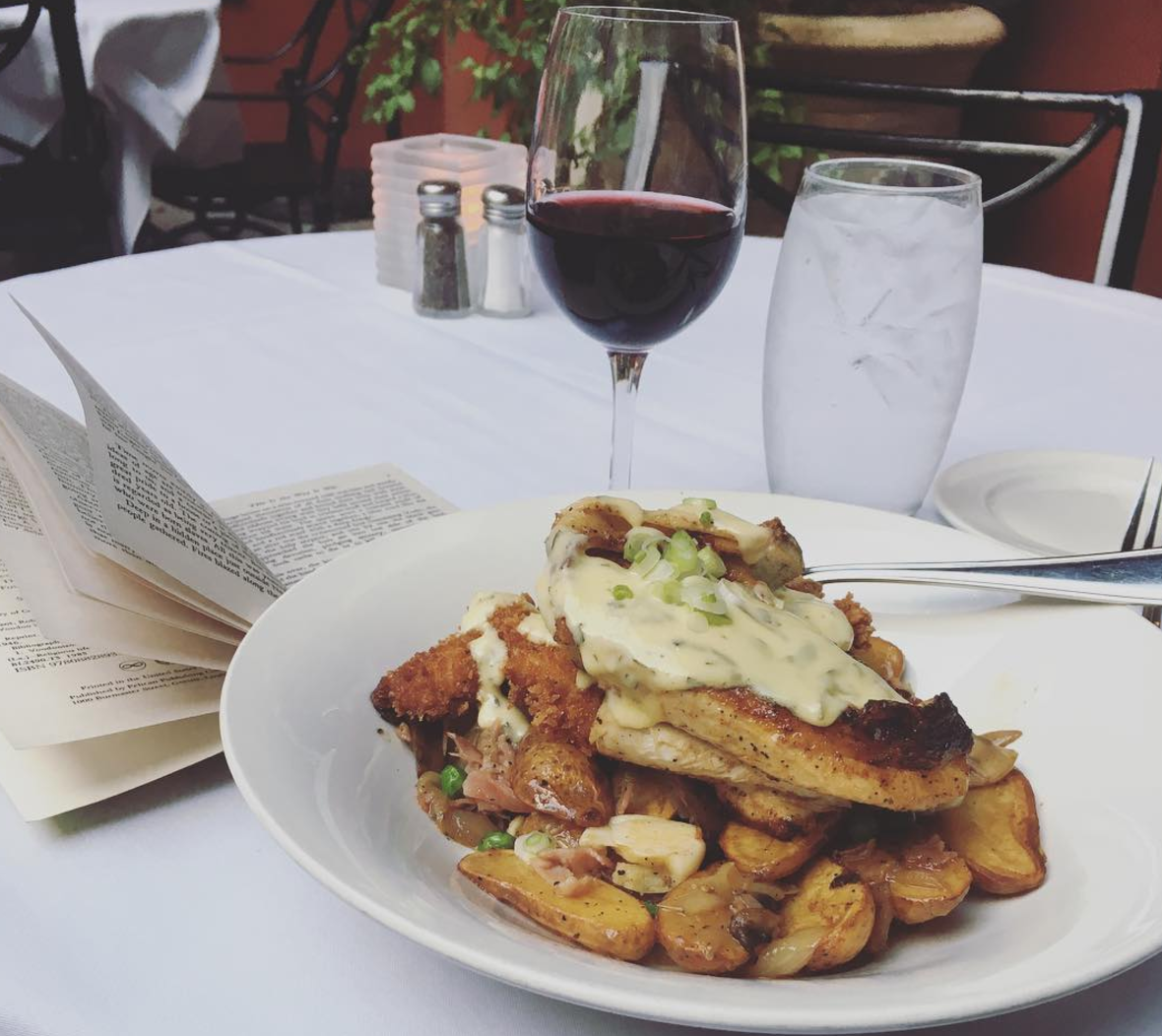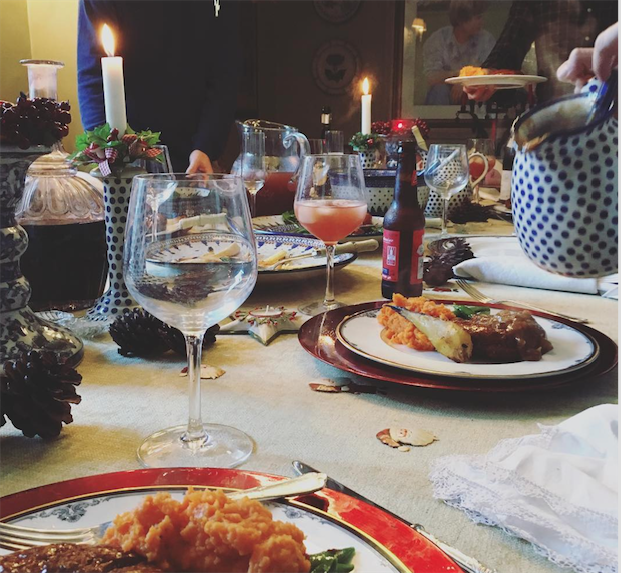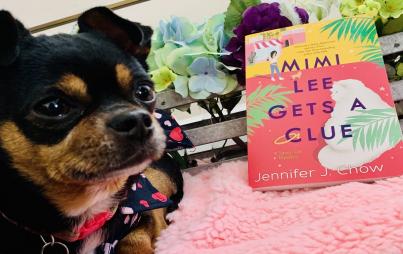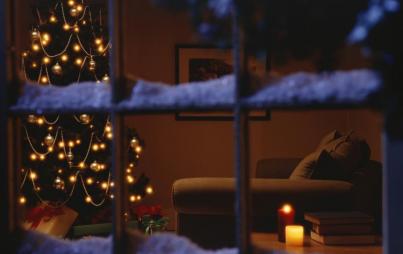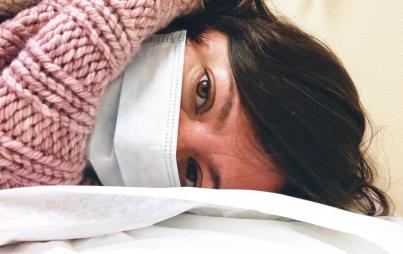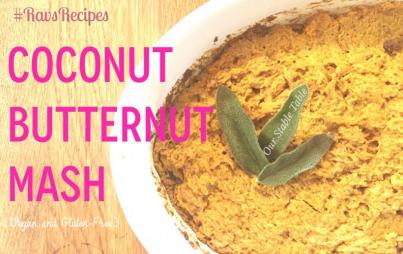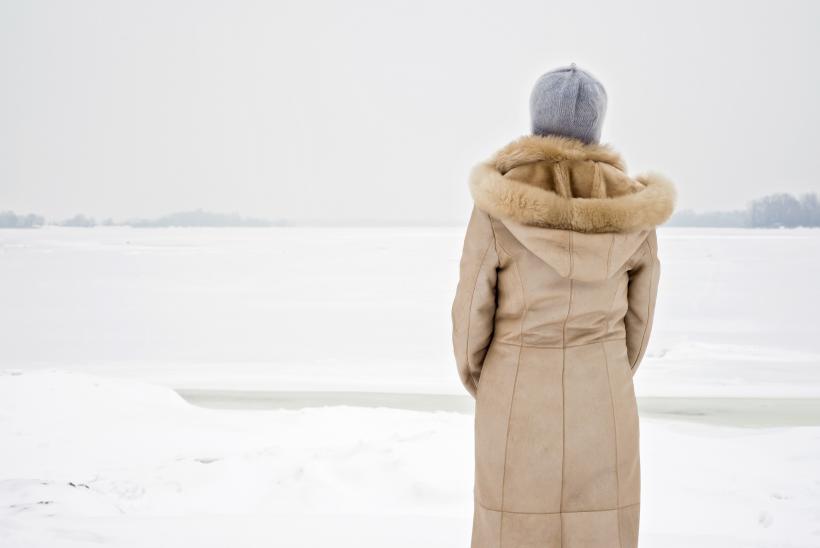
The concept of Hygge is especially poignant in winter.
When I think deeply about the nature of happiness, it occurs to me that I have struggled to understand it because I made it into a mountainous thing. I have also struggled to reconcile the idea that success and accomplishment are not synonymous with joy. Because if my happiness were contingent upon my successes, I’d have many sad years.
Of course, happiness is crafted per person and is different for everyone. It is also contingent upon having your basic needs met. If you’re starving, you’re probably not happy. If you’re lonely, you’re also likely not happy. If you’re struggling with mental health issues, you too are possibly not happy. But if you’re fed and not alone, and you aren’t sick, and you’re still unhappy, what then? And so forth.
Have we failed to find happiness because it’s not something to be found, but something we already have? In many ways, I think this may be case — even (and especially) when the world is crumbling around us.
It occurs to me that I have made happiness into a stranger whom I won’t or cannot ever know — because I am always working too hard or feeling anxiety or worrying about money or health or whatnot.
I make happiness inaccessible and over-defined. I make it into a concept. I make it into shapes I could never know.
But happiness is small. It’s a small thing. And it’s always here.
I realized that happiness is that small thing recently when it was snowing. I had made some tea, and I took it to the window to watch the snow falling. It was early, around 7 a.m., and to be alone in that white quiet was astounding. Before my mind obsessed on the day, before my body could be exhausted, I just sat there watching the blanket pour down over the city.
And I felt it then, this impression of absolute calm. It was a sensation that could only be defined as elation. It calls to Abraham Maslow’s theory of peak experiences — that they can be triggered by something seemingly mundane, like light falling on a flower. It was in the deconstruction of the moment — in its coziness, its comfort, its simplicity — that joy could be felt. It existed outside of everything else, outside of money and emails and opportunities. That moment would have been pure happiness if it were 2017 or 1817. It was almost numinous.
But why does this word "Hygge" seem to circulate in particular European countries, as opposed to other regions? The Danes are burdened by harsh winters, with endless dark days. With the sun's serotonin levels dropping off and seasonal affective disorder taking on a whole new meaning, the Danes needed something to aspire to: a sense of happiness, triggered, that could prevent sadness from creeping in.
One of the things that best summarizes this feeling (or the result) is the Danish concept of Hygge. Yes, it’s become a lifestyle blog buzzword, but that doesn’t devalue it; in fact, it’s such a simple export, and probably one we already understand internally, that we can pretty much just thank the Danes for giving it a name.
Hygge (pronounced hue-gah) is, according to Hygge House, “a Danish word that is a feeling or mood that comes taking genuine pleasure in making ordinary, everyday moments more meaningful, beautiful or special. Whether it’s making coffee a verb by creating a ritual of making it then lingering over a cup to a cozy evening in with friends to the simple act of lighting a candle with every meal. Hygge is being aware of a good moment whether it’s simple or special.”
In fact, plenty of countries have similar words for it. The Dutch named it gezelligheid. Norwegians call it koselig. Germans call it Gemütlichkeit.
Perhaps, though, it was not meant to be translated, since Google translates it literally to “fun” in English — which is wrong. In short, it’s a sense of happiness, coziness, and belonging that comes from your surroundings, intention, and simplicity.
But why does this word seem to circulate these particular European countries, as opposed to other regions? The Danes are burdened by harsh winters, with endless dark days. With the sun’s serotonin levels dropping off and seasonal affective disorder taking on a whole new meaning, the Danes needed something to aspire to: a sense of happiness, triggered, that could prevent sadness from creeping in.
So, Hygge is part concept, part lifestyle, part aesthetic. All good things. Hygge House’s writer, Alex Beauchamp, said, “After realizing that life for me had just become go, go, go, I took a day off to just be. I’d planned to spend the entire day at home; reading, writing, gardening, tea, a nap.”
We can all agree with this concept. I sure do.
Many of us spend countless hours working, going, doing, trying. Instead, we could access happiness simply by eliminating distraction and just being.
The thing about Hygge is that it may smack of classism. Not everyone has the time to take off of work or the money to fill the house with oversized blankets, tall white candles, and organic foods. But coziness can be sought cheaply and with a bit of determination, for most of us. In fact, it seems that creating hygge is an act of self-care in itself.
Whatever your feelings are about domesticity or the concept of home (since that’s not always an area that people feel tremendously positive and heart-gooey about), the act of creating a sacred space for the self and for friends — a space in which you feel comfortable and cozy and magical and welcome — is a worthy goal.
For me, it’s being present and intentional while doing things — and realizing how trite this may sound — that are beautiful and healthy and peaceful:
— Creating a quiet moment that allows me to focus on things I find beautiful (making a list, rearranging books, coloring)
— Lighting a candle and reading a book
— Quietly cooking dinner while music plays in the background
— Making your space cozy, clean and welcoming for you and your guests
— Drinking a glass of red on a porch
Those are some of my Hygge moments (that, you know, might be more Hygge if I weren't snapping pictures of them).

